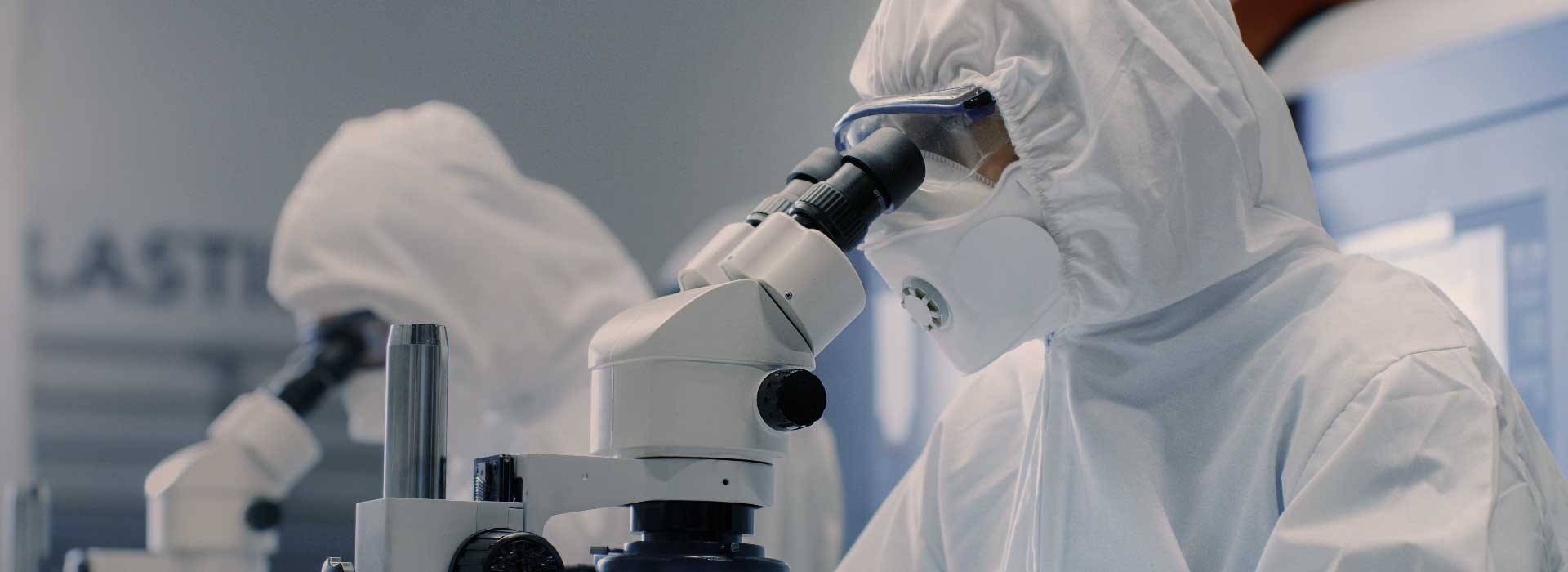
The company has an independent Testing Center consisting of three specialized laboratories: Mechanical Performance Laboratory, Environmental Performance Laboratory, and Electrical Performance Laboratory.
The center is staffed with a professional testing team and operates under a comprehensive management system, equipped with over 50 sets of advanced testing instruments. Its testing capabilities cover environmental reliability, mechanical performance, and electrical performance.
Mechanical Performance: Focuses on mechanical strength, durability, and impact resistance tests.
Environmental Performance: Covers material aging, thermal shock, protection rating (IP), and salt spray resistance tests.
Electrical Performance: Includes contact resistance, dielectric withstand voltage, temperature rise, current cycling, derating, and voltage drop tests.
As an independent organization separate from R&D and Quality departments, the Testing Center adheres to a “scientific, professional, and objective” philosophy. It supports product development and quality assurance, ensuring high reliability, long lifespan, and consistent product performance.
The testing center is equipped with a wide range of precision instruments for evaluating the mechanical, electrical, and environmental performance of enameled wires.
All instruments operate under strict standards to ensure reliability and repeatability of data. Below is a summary of key testing equipment:
Principle: The scraper reciprocates under constant load; leakage current is monitored to determine coating resistance.
Notes:
Replace the fuse if power display fails (Model: 3A).
Ensure good contact between conductor and electrode to prevent false readings.
Principle: Measures coating adhesion by twisting samples under preset torque.
Notes:
Must be placed on a level surface with proper grounding.
Keep hands away from weights to avoid injury if wire breaks.
Principle: Determines the static friction coefficient between two wires via controlled tilt angle.
Notes:
Clean test surfaces with ethanol before each run.
Handle the slider carefully to prevent wear.
Principle: Tests coating durability under cyclic bending and tension.
Notes:
Keep platform stable and away from vibration.
Maintain humidity below 80%.
Principle: Automatically measures scraping force until coating failure, then calculates average breaking force.
Notes:
Use grounded 3-pin outlet.
Ensure wire core has good contact; otherwise, device may not stop.
Principle: Evaluates elasticity by winding wire into a coil and stretching under load.
Notes:
Adjust support feet slightly backward for smooth winding.
Match mandrel and weight to sample diameter.
Principle: Measures elongation under low stress using precise tension control.
Notes:
Calibrate sensors every 3 months.
Keep environment stable and dry.
Principle: Detects coating defects using high-voltage breakdown current monitoring.
Notes:
Clean electrodes regularly with ethanol.
Choose proper contact wheel size for different diameters.
Principle: Immerses wire into molten solder automatically to assess soldering performance.
Notes:
Prevent burns—do not touch the solder pot.
Maintain solder level 2 mm below the rim.
Principle: Measures wire flexibility by winding and unwinding to calculate rebound angle.
Notes:
Reset angle scale to “0°” before each test.
Principle: Uses pneumatic pull to test coating adhesion strength.
Notes:
Keep unit stable and on rubber padding.
Lubricate regularly and drain moisture.
Principle: Evaluates coating integrity through preset winding cycles.
Notes:
Use matching mandrels for accurate results.
Principle: Measures breakdown temperature and voltage under load.
Notes:
Use tongs during heating to prevent burns.
Reset control panel after each test.
Principle: Measures elongation percentage under tensile stress until breakage.
Notes:
Ensure both clamps pierce coating for electrical continuity.
Regular lubrication required.
Principle: Determines breakdown or withstand voltage automatically via rising AC voltage.
Notes:
Operate only when standing on insulating mat.
Wait for voltage to return to zero before opening chamber.
✅ Overall Safety:
All instruments must be operated by trained personnel, with proper grounding and protective measures.
Routine calibration and maintenance are required to guarantee test accuracy.